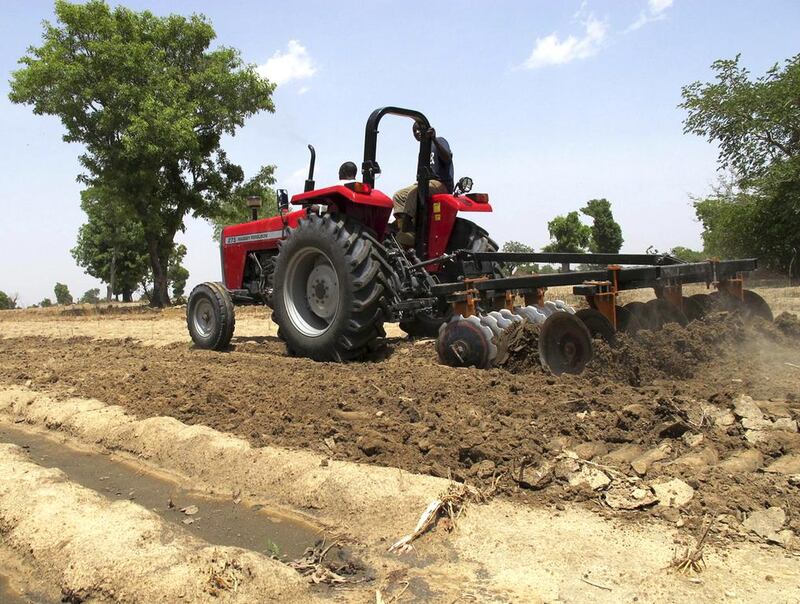The United States could become self-sufficient in fertilizer production as it ramps up shale gas production, and thus eliminate a core market for Arabian Gulf producers, the head of a global industry group warns.
North America buys 1.7 million tonnes a year of fertilizer from GCC producers, second only to East Asia. But thanks to a flood of cheap feedstock, it has announced more than 25 fertilizer projects in recent years and it has the potential to restart older plants.
Predictions of slowing fertilizer demand from India and China, and a shortage of hydrocarbon feedstock for new projects are also weighing on Gulf producers such as Abu Dhabi’s Fertil and Saudi Arabia’s Saudi Basic Industries (Sabic).
“There is likely to be increased competition from power and desalination projects, making hydrocarbon projects more expensive for the region’s fertilizer producers,” said Charlotte Hebebrand, the director general of the International Fertilizer Industry Association (Ifia) in Paris. “We are seeing a likely reduced rate of China and India on future demand expansion.”
Shale oil and gas appear likely to reshape the international energy market, with the International Energy Agency predicting that the US could overtake Saudi Arabia in oil output as early as 2017. This shift is now trickling down to downstream areas such as the fertilizer field, where Gulf producers have invested in some of the world’s biggest plants. The Saudi Arabian firm Ma’aden and Saudi Arabian Fertilizer (known as Safco, a unit of Sabic) are among those with expansions in progress.
Abdulwahab Al Sadoun, the secretary general of the Gulf Petrochemicals and Chemicals Association, said the size of Gulf firms’ fertilizer plants would help to defend them from the international challenges.
“Our competitive position will remain strong in the future,” he said, adding that some Gulf producers would struggle to compete if the scale of their facilities did not match up to world standards.
“Most of our production facilities are world-scale,” he said. “I admit that the shale gas developments will have an impact on the entire competitive market, but the Gulf producers will prevail.”
Meanwhile, executives in the fertilizer sector are voicing optimism about the industry’s outlook, forecasting a 60 per cent rise in food production by 2050.
Ninety per cent of that increase is expected to come from increasing food yields by using products such as fertilizers, rather than opening up new arable land for farming.
Ifia’s Ms Hebebrand said Africa, in which Gulf countries have made agricultural investments, could help to offset the decline in fertilizer demand in the US.
An estimated 80 per cent of potential arable land in Africa remains unused and average fertilizer use is nine kilograms per hectare, less than a tenth of the global average.
“Africa has the potential to become one of the world’s breadbaskets if it can bridge yield gaps,” Ms Hebebrand said. “Africa has the potential to become a major market for all of you. And vice versa, Africa could become a major source of food imports to the region.”
Fertilizer producers should be wary of growing environmental regulations regarding resource depletion and do more to ensure that their products do not fall into the hands of terrorists, she added.
ayee@thenational.ae





